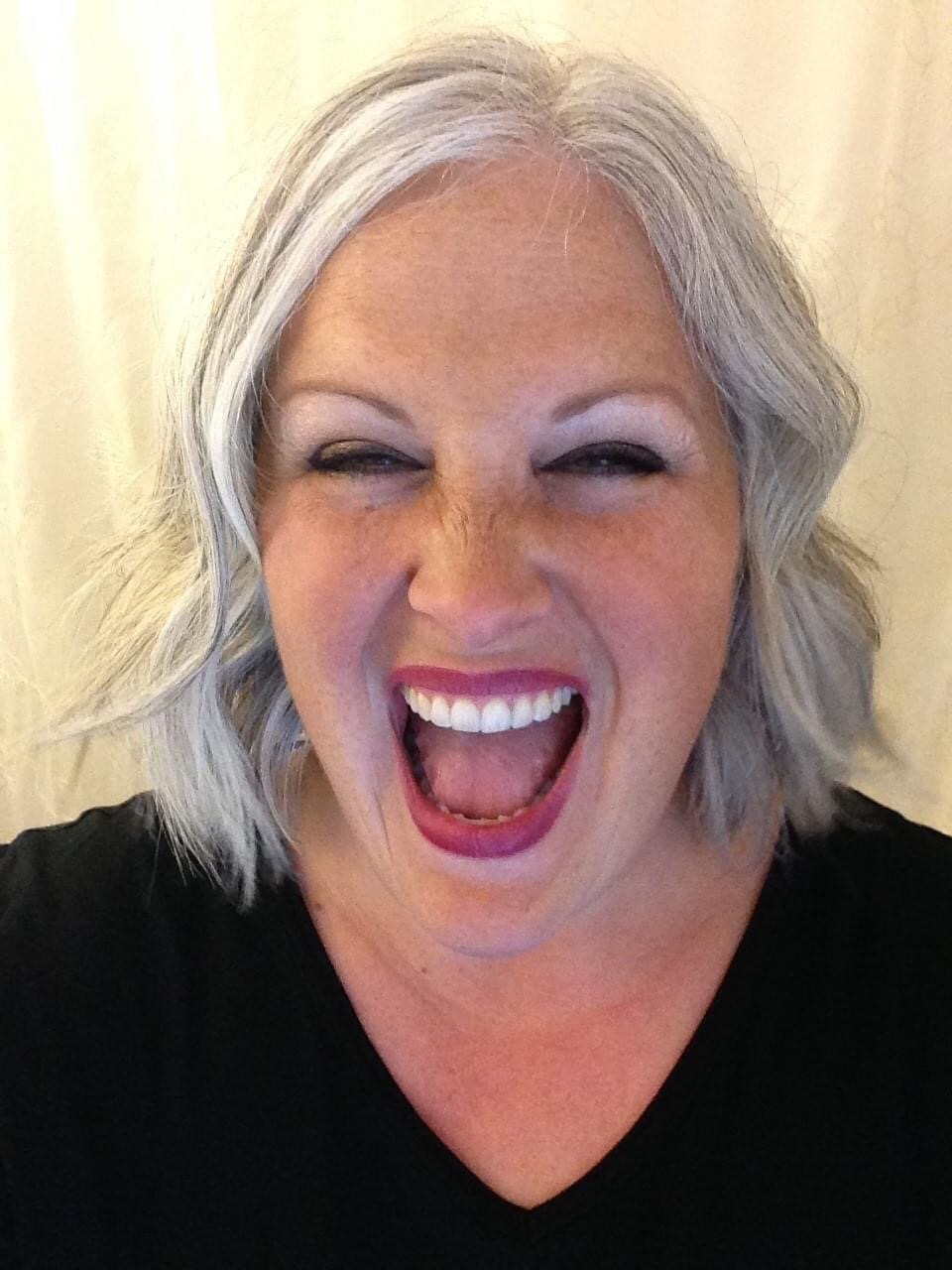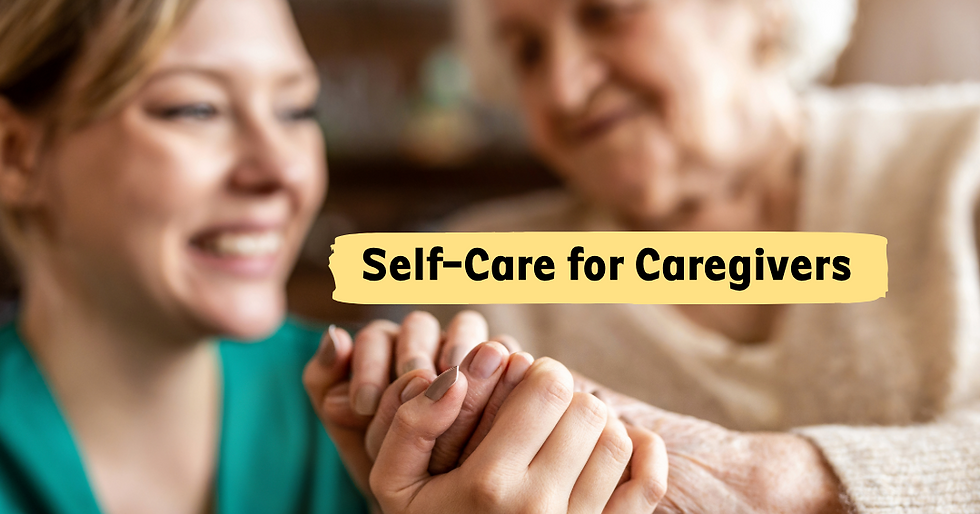Emotional Safety
- Kate Burie
- Aug 28, 2023
- 3 min read
Creating an environment of emotional safety is essential for a productive workplace, a healthy home, and positive relationships.
If you feel tense or like you're being judged all the time or if you create an environment where people don't feel listened to or understood, then your environment is not emotionally safe.
Emotional safety is when people feel appreciated, valued, worthwhile, when they feel like they can trust their environment to be fair and consistent and kind.
In an emotionally safe environment:
1. People feel like they can share their vulnerable and sensitive feelings without being mocked, blamed, or judged.
2. Feedback and correction can be given in a calm, safe, and loving manner.
3. People take accountability for their own actions without blame or defensiveness.
4. Differences of opinion can be shared and accepted.
5. People don't feel like they must change to be okay in emotionally safe environments.
6. There's a feeling of honesty and there's a feeling of clear and safe expectations.
7. You feel comfortable around each other
8. People don't feel like they're going to be attacked
9. There tends to be open and clear communication
10. When someone messes up repairs are made quickly
11. You'll see an increase in vulnerability and openness where people are sharing their sensitive feelings, and people feel connected.
Now if you'd like to create an environment like this you must focus 95% of your effort on changing yourself because we are responsible for our environment and what we put out there and what we allow to come into our environment, so most of our effort should be focusing on ourselves.
If you’re someone who says, "oh, yeah, the people around me are dangerous; they're so mean; attacking, and judgmental..." You’re creating an emotionally unsafe environment.
Perhaps the people around you are dangerous but they aren't taking any steps to create safety for themselves by setting healthy boundaries so when it comes to emotional safety focus on yourself.
OPPOSITE OF EMOTIONAL SAFETY
The opposite of emotional safety is judgement, blame, attacking, there's a lot of closed off emotions, so people use anger instead of sadness or they express frustration instead of expressing that they feel discouraged.
Some other indicators of an emotionally unsafe environment are people constantly giving advice instead of listening or constantly judging someone else or trying to change them if they don't agree with them.
In emotionally unsafe environments people feel a sense of conditional love that means: "I'll love you if you change" or “I’ll love you when you're good but not when you're bad" and that creates this constant sense of insecurity and people who are constantly feeling like they aren't good enough or questioning their own self-worth.
Other indicators of an emotionally unsafe environment are
· yelling
· threatening
· physical violence
· defensiveness
· blame
· using voice tone
· attitudes
· passive-aggressive statements
· personal attacks
· walking on eggshells because there are constantly changing rules/boundaries
CREATING EMOTIONALLY SAFE ENVIRONMENTS
We can actively create an environment of emotional safety by working on ourselves. We do this by being honest, consistent, firm, clear, and fair. We must share our vulnerable emotions like sadness or hurt instead of only expressing secondary emotions like frustration and anger.
We create internal safety by building ourselves up and standing un-offended. Not taking offense by what other people say.
If the environment is unsafe then what we need to do is set boundaries around other people. We can ask for change, invite change, and when necessary, leave to create emotional safety.
Remember: we must focus on what's within our own realm of control. So, we focus on changing ourselves instead of trying to change other people.
Used from https://youtu.be/6jKkp1Ch_HE?si=bgOTkcYISAWWYS-N





Comments